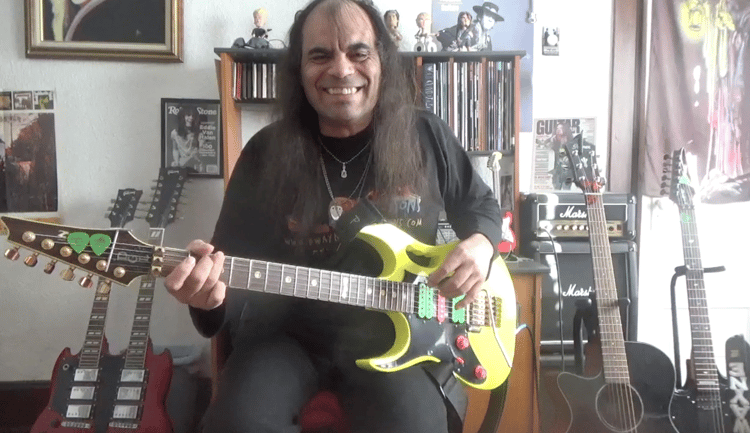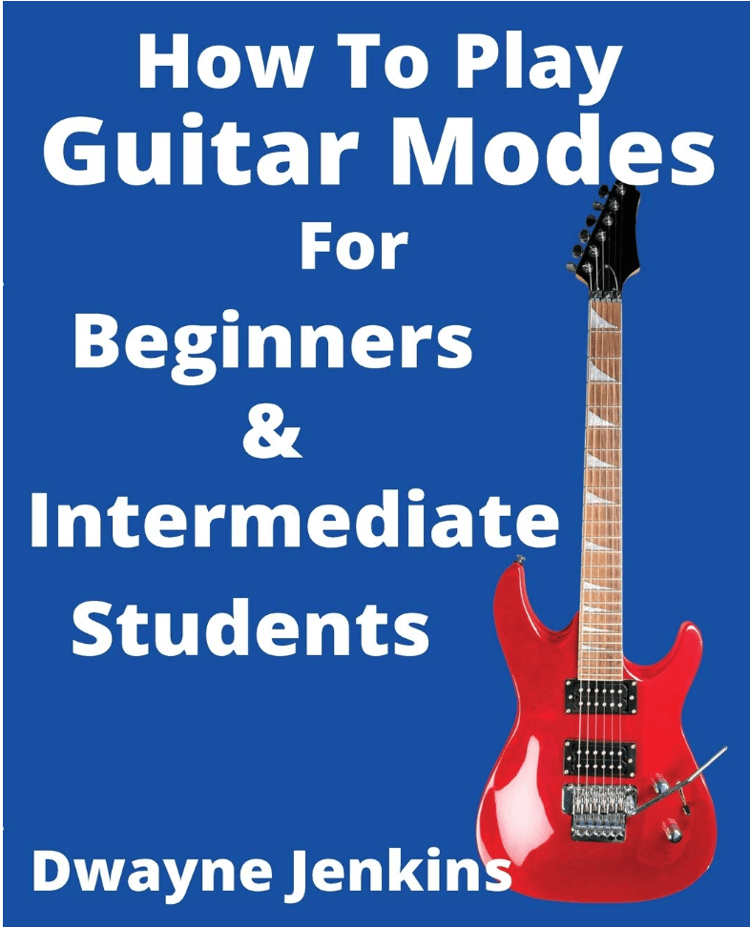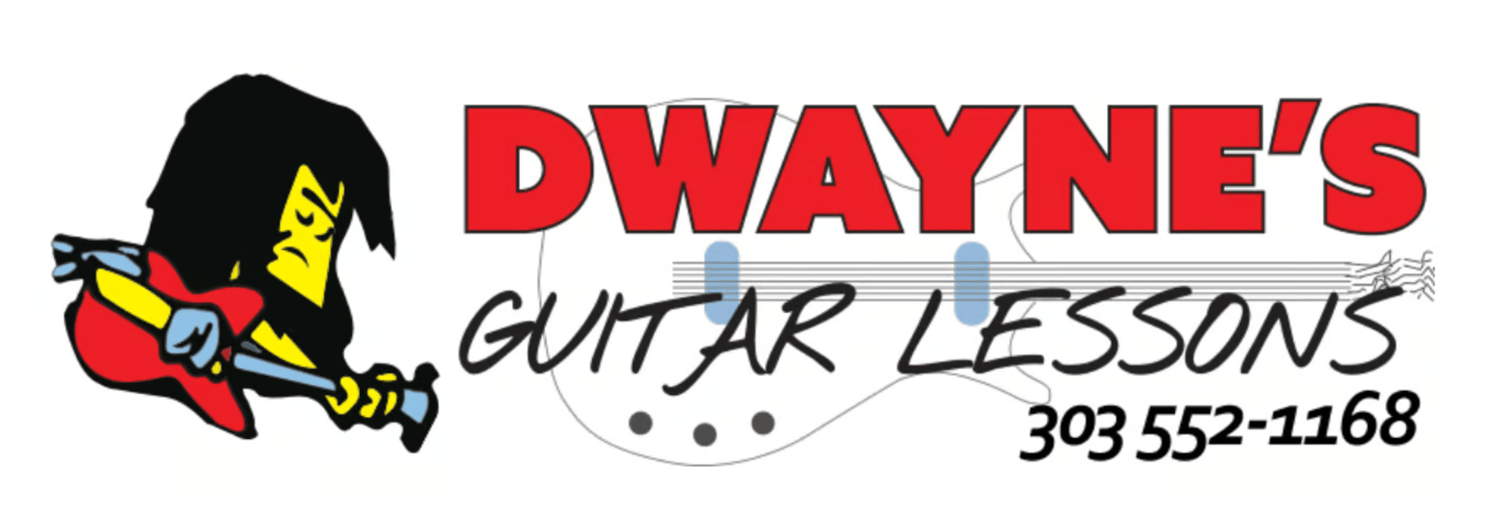In today's lesson, we'll learn how to master the Lydian mode for better lead guitar performance. When you work with the modes that come out of the major scale, you not only expand your knowledge of the fretboard, but you can acquire a better understanding of music theory.

#1: What is the Lydian mode?
The Lydian mode is a variation of the major scale. The difference is that in this scale, we have raised the 4th note. By doing this, we can create a different shade of color, or create an alternative type of emotion than the major scale, in which all 7 notes are natural.
G Major scale: G A B C D E F# = 1 2 3 4 5 6 7
G Lydian mode: G A B C# D E F# = 1 2 3 #4 5 6 7
In this example above, we have taken the 4th note (the C) in the G major scale, and raised it (or sharpened it) to become a C# note. What this does is it gives us a variation of the G major scale. Almost like a different shade of color. If the G major scale were green, this would give us a different shade of green. The color would be the same, just a different shade of it.
It is this sharpening of the 4th note that gives the Lydian mode its distinctive sound. Since you only need to move one note, it's not too difficult to play once you learn the major scale that it comes out of.
#2: The major scale
The major scale is where all things come from in music. The major scale is like the tree trunk that all the chords and alternate scales "branch" out of within the key it is made up of. The major scale is a series of 7 notes that come from the 12 notes of the musical alphabet.
Musical alphabet; A A# B C C# D D# E F F# G G# = 12 notes
G Major scale: G A B C D E F# = 7 notes
Since the G major scale needs to have the Do-Re-Me sound to it, we need to choose only certain notes within the musical alphabet to make this happen. All major scales will have the Do-Re-Me sound to them. If they don't, they won't be the major scale.
Watch the video lesson below
#3: The 7 modes
Out of the 7 notes that make up a major scale in any given key come the 7 modes. Since there are 7 notes, we can create 7 modes. Each mode is based on a tone degree within the major scale.
1: Ionian mode
2: Dorinam ode
3: Phrygian mode
4: Lydian mode
5: Mixolydian mode
6: Aeolian mode
7: Locrian mode
This is what makes these modes so great to work with: they are variations of the major scale that they come out of, give us a wide variety of options to work with, and they can provide an excellent road map along the fretboard to travel on. Which helps with mastery over our instrument.
#4: The Lydian mode
As we can see from the list above, the Lydian mode is the 4th mode. So in the key of G major, this would be located at the 4th note. Do you remember which one that is? It is the C note. So, if we are playing in the key of G major, we find the 4th note and play the Lydian mode there. In the key of G major, the Lydian mode would be the C Lydian mode.
The C Lydian mode

This is where the Lydian mode is located in the key of G major. Since the C note is located at the 8th fret on the 6th string, this is where we will play the Lydian mode. Go through this mode and listen to it. If you are not too sure how to read it, the numbers indicate the frets you will put your fingers on, and the lines represent the guitar strings, with your "biggest string on the bottom." This is very important to remember.
#5: Notes change, but the pattern stays the same
The notes of this scale reside along the fretboard in a pattern. If you can master this pattern, you can not only play it in the key of G major at the 8th fret, but you can also play it in any key you choose. You just need to know where to play it. The reason is that although the notes change when you move them, the pattern stays the same.
The D Lydian mode

Here, we play the same pattern of notes, we just play them at the 10th fret. why? Because that is where the D note is located on the 6th string. Remember, the 6th string (your biggest) is on the bottom line. Upside down from your guitar.
The G Lydian mode

Once again, we have the same pattern of notes, just in a different location. Can you see how this is beneficial to your guitar playing? Can you see how the pattern is the same in all three different locations in this lesson?
What's great about the way the notes are designed on the guitar is that they are grouped in patterns. If you think in patterns and can visualize them along the fretboard, you'll be able to learn the guitar a lot easier.
1: Master the Lydian mode pattern
2: Remember, it is based on the 4th note
3: Find the notes in any key you choose to play in
4: Locate the Lydian mode at that position
5: Play it with confidence
#6: Add guitar licks
Once you have the mode down and know how to play it back and forth, you then add guitar licks to it and bring it to life when playing guitar solos. It is not enough to just learn the mode; you then want to add the guitar licks to it, like hammer-ons, pull-offs, bends, slides, etc. Once you've got these down, you then create modal phrasing to make it sound like music.
Guitar phrasing example #1

Guitar phrasing example #2

Here are a couple of phrasing examples that use the techniques mentioned above within the Lydian mode. When you combine them, you create a structure of notes that sound pleasant to the ear. This is the final result that you want to accomplish when using the Lydian mode, or any other scale you choose to play your guitar solos in. Master the pattern, master guitar licks, and create "hot rockin' solos!"
#7: Dive deeper into the modes
If you'd like to know more about the modes and how you can use them to enhance your guitar solos, I recommend you check the book I authored and published, How To Play Guitar Modes. This is a method book that takes you step-by-step into the wonderful world of the modes.
How To Play Guitar Modes

This book goes through all 7 modes mentioned above. It shows you how they are constructed, where they are located in different keys, and how to create guitar licks out of them. I also give you insights on how to use them for creating chords and progressions to enhance your rhythm playing as well. Knowing about the modes will enhance your guitar playing, music knowledge, and mastery over your guitar fretboard.
When you can do this, you take your guitar playing to the next level and become a much better guitarist. No need to worry if you have no background in musical training. Learn To Play Guitar Modes is packed with diagrams and modern guitar notation that can easily be learned by anyone. All in a simple step-by-step method. Available on Amazon and where all guitar books are sold
#8: One-on-one sessions are also available
In addition to authoring guitar method books, I also offer private one-on-one instruction. Private lessons can help you take your playing even further. Private lessons can help you in many ways. They provide,
1: Personal attention that caters to your interests
2: Faster progress in achieving your desired result
3: Development of specialized techniques and skills
4: Immediate feedback so you don't waste time
And above all else, they provide an enjoyable learning experience. Learning to play an instrument can sometimes be daunting, because of the house needed to play it. When you have someone to learn with, it can be a lot more fun. So, if you feel this type of service might work for you, contact me at my website, and we'll set up a time to talk on the phone and meet. Either online or in person. Whichever is most convenient for you.
Thank you for your time today, and keep practicing.
Until our next guitar lesson, take care.
Sincerely, Dwayne Jenkins


